Business competition for customer attention continues to be a dynamic aspect of the digital landscape. Launching various digital marketing strategies has led to the rise and fall of companies, increased brand loyalty and generated revenue over the last few decades – and even more so since the outbreak of the pandemic in 2020. Due to the competing landscape, businesses are looking everywhere to maintain a strong presence online, enticing new and recurring customers to purchase their products and services, while generating as little cost as possible. This is where inbound marketing enters the conversation.
What is inbound marketing?
Here is an explanation of what is considered the most effective marketing method for lead generation. Marketing that is inbound, or inbound methodology, creates value for customers by tailoring experiences toward them and providing them with valuable content. Rather than pursuing them yourself via cold calling, cold emails, or ads, you are drawing leads to your business. A key part of this digital marketing strategy, as opposed to traditional marketing, is producing a variety of educational and informative content for your ideal customers – whether it be blog articles, videos, etc.
To understand this type of marketing, you must remember to leverage three key techniques:
- Content
- SEO and
- Social Media
You can imagine that these three disciplines can intertwine easily by generating content consistently and posting them on social media platforms while utilizing search engine optimization (SEO) tactics. One example would be the content available here on Post Affiliate Pro, there are numerous blog articles posted on a consistent, weekly basis all maintaining content designed to attract targeted customers.
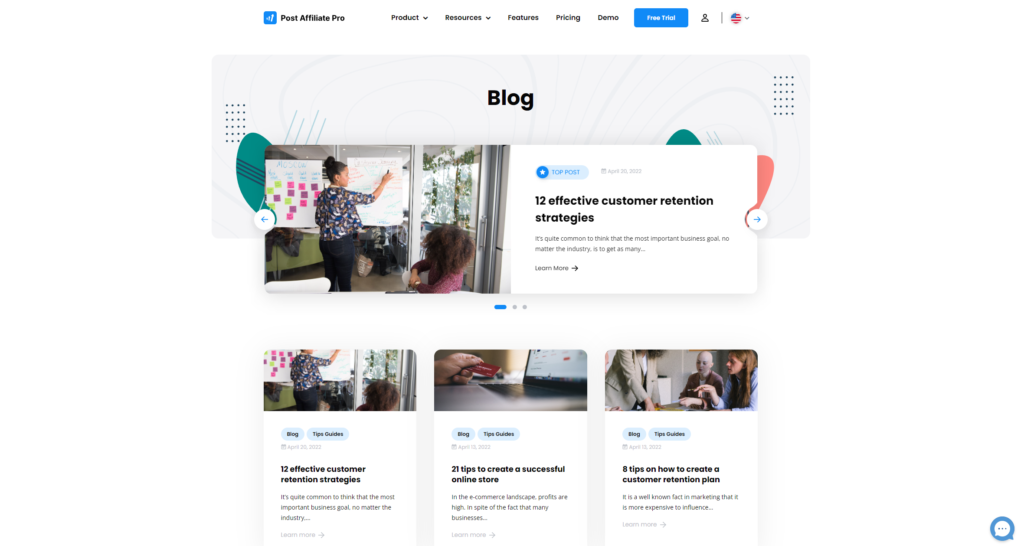
Why is inbound marketing important?
The first advantage of inbound leads is cost-effectiveness, as the leads generated cost 61% less than outbound leads. This is due to the fact that outbound marketing uses cold emails and a more general form of advertising, reaching people who may not be interested in the niche your company specializes in. While inbound marketing methods deal with specific targets and drawing organic traffic via relevant content for their specific wants and needs.
When you exercise your inbound marketing campaign, one aspect is simply content marketing versus pay-per-clicks (PPC). Content marketing helps you build trust with potential and current customers, especially if you enlist the help of an affiliate marketer. Most internet users, 87% of them, have bought a product based on the recommendation of an influencer they follow. When you plan your engagement with your audience, you are able to use the trust built by whichever influencer(s) you hire and guide these potential leads down the sales cycle smoothly. This particular strategy is better than PPC because the marketers are encouraged to be more direct, as opposed to simply posting a link and hope their subscribers just click and that’s the end of their promotional efforts. On top of that, the cost per click for you, as the affiliate merchant, would yield less return on investments (ROIs) as opposed to content marketing – more on ROIs later.
The 4 phases of the inbound marketing methodology
Inbound marketing comprises 4 stages: Attract, Convert, Close, and Delight. It is possible to drive organic traffic to your brand and guide leads down the sales funnel by using different and specific methods within each step.
Attract
A major part of this marketing strategy is attracting the attention of your potential customers – triggering the start of your marketing funnel. Inbound marketing places an emphasis on these specific individuals who are known as buyer personas. To attract your buyer personas and compel them to transition into the next step of the buying process, you should focus your inbound marketing strategy on creating compelling content. You need to use SEO tactics, blogging, optimize both your content and web pages, and be active on social media to drive quality traffic to your business.
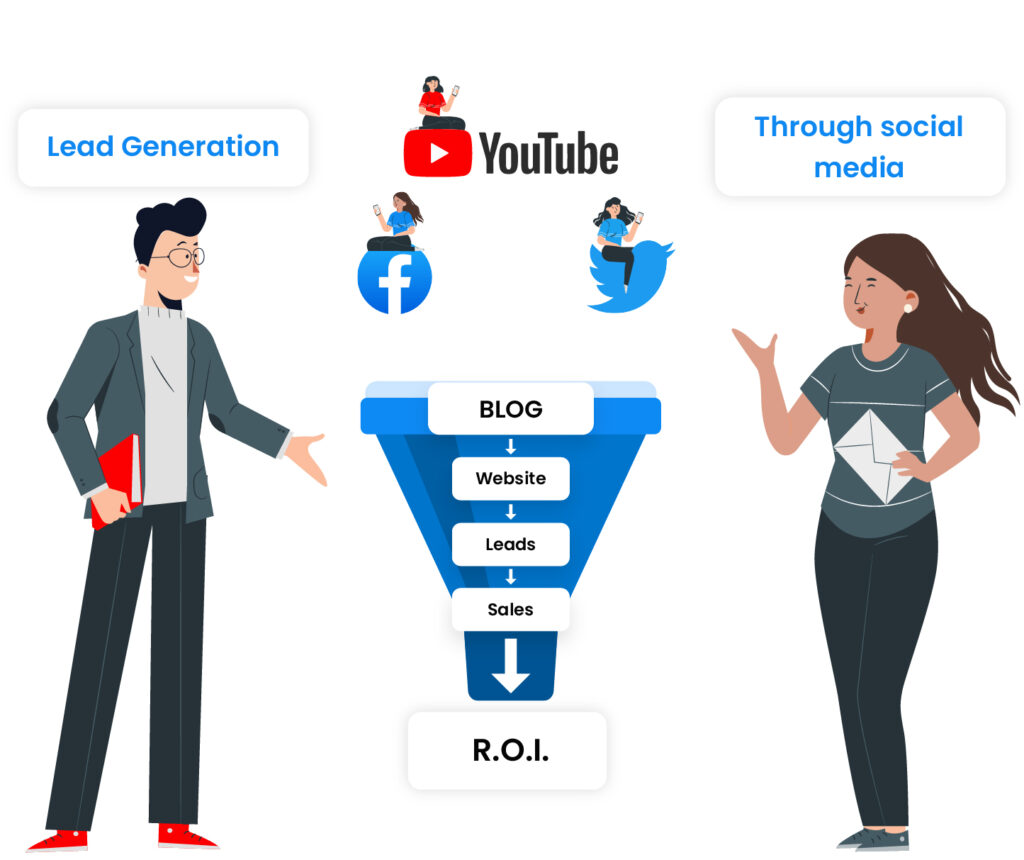
Convert
Attract the right visitors to your website, then obtain their contact data to convert them into marketing qualified leads (MQL). To get their contact information, you must conduct lead nurturing. Try to provide these potential leads with something of value, something that will assist them throughout their buyer’s journey. Your content could include eBooks, white papers, blog posts, webinars, discounts, or anything else that your audience might find useful. Secondly, as a marketer, you should ensure that your web pages are an effective way to obtain information. Make sure your calls-to-action (CTA) buttons or links are appealing and informative enough to entice your prospects. Set up contact tracking cookies, and make sure your landing pages are appealing.
Close
The next step is to convert leads into [happy] customers. In order to be successful at this stage, which is consumer-focused, the sales process tends to involve both the marketing teams and sales team. Inbound marketing tools, such as an email list, are vital for finding and contacting the right leads at the right time. Marketing automation, continued lead nurturing, and social media monitoring are also good examples of digital marketing tactics that help with lead conversion.
Delight
Never forget about your customers, especially after they purchase your product(s). Even after they receive your service, their purchasing journey doesn’t end. You have the chance to show your customers how much you appreciate them and encourage brand loyalty. Maintaining customer engagement online with social media interactions, targeted calls-to-action (CTA), and email/marketing automation are excellent ways to engage with your customers. This leads to happy and loyal customers willing to create user-generated content (UGX) like positive reviews and even help promote your business to others.
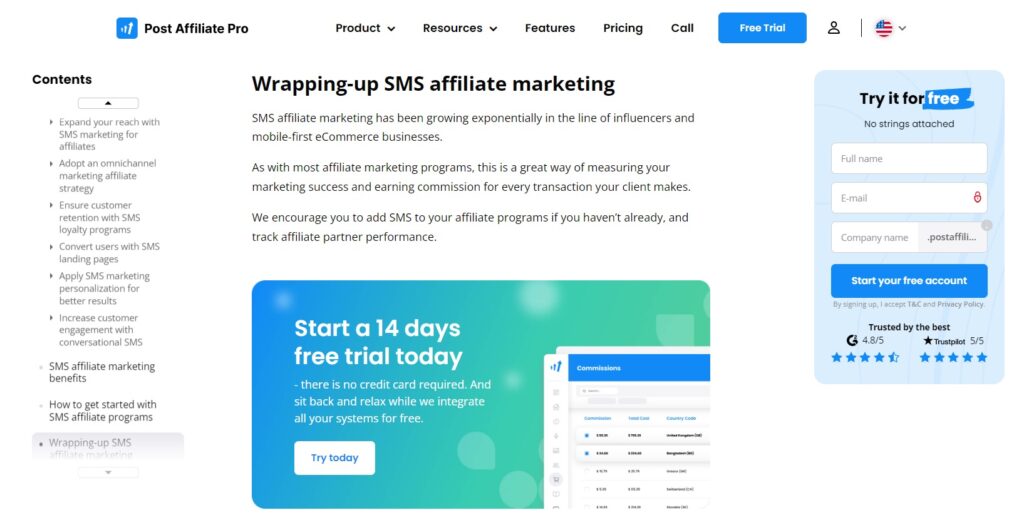
Great inbound marketing strategies
Cost-efficiency is the name of the game when utilizing your inbound marketing tactic. The advantage of this strategy is that you no longer need to chase potential buyers. Because most consumers, about 81%, conduct research before buying a product, your business has the opportunity to position itself as an authority in your specialized field.
First, it is advisable to evaluate your key performance indicators (KPIs) to see what is working for you and what is working against you. To determine the effectiveness of your content marketing, conduct an inbound content audit. By auditing your content, you can identify possible SEO improvements your website can benefit from. Your brand will be better understood by search engines if you include keywords in your content. It will help you drive organic traffic.
Next, you need to define your ideal customer profile. Getting potential customers, establishing and growing meaningful relationships, and then converting them into customers requires understanding their needs, challenges, and goals. As part of your inbound marketing strategy, you must conduct research in order to determine your ideal customer profile (ICP). An ICP is a potential lead that would benefit more from using your product or service as opposed to another company. To put it simply: they have a problem and you have the solution.
To continue along the buying cycle, you need to understand your target buyer persona and map it. When it comes to mapping the buyer persona, you need to identify the demographic, pain points, motivators, and other factors that you can discover/attain in order to better ensure you and your team have the proper conversations with potential customers in order to fulfill their specific needs.
Focus on your webpages, both the browser and mobile version. The design of your website is crucial to maintaining the attention of your potential leads. More than half of users don’t recommend businesses with bad web designs. With a creative and responsive web design, you are more likely to convert leads – and as a result, the bounce rate decreases.
Additionally, other important inbound marketing tips include: working on email marketing campaigns, creating consistently good blog content that can also be optimized for SEO, collaborating with micro and/or macro influencers, and using multi-channel lead nurturing tactics.
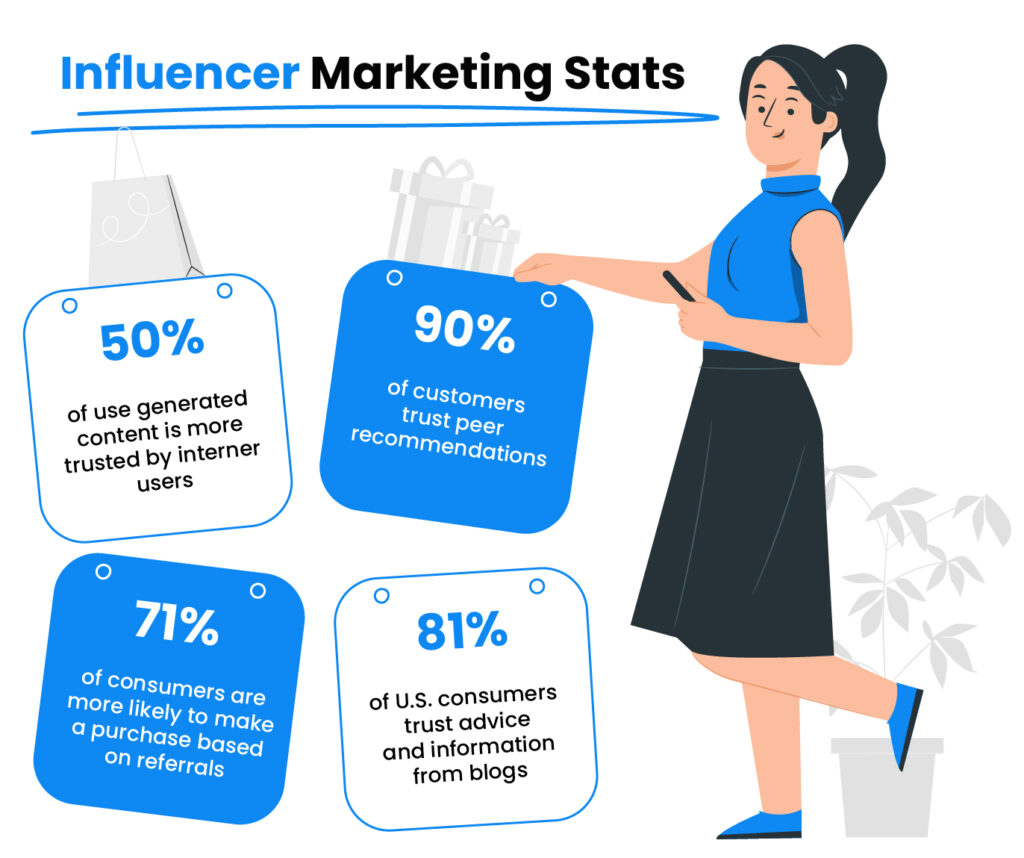
8 reasons why inbound marketing is the future of advertising
Reach the right audience
Inbound marketing is all about finding your target audience and reaching them. Conducting research in order to find your ICP, as mentioned above, is but one step of this particular strategy.
After figuring out the target personas, it’s time to work on attracting your audience – generating content is one of the best ways to do so. When you create a post on social media or of course a blog article, using SEO tactics, your chances of being displayed high in search engines increase. Naturally, the more organic search traffic you drive, the better you look with the analytics of the numerous search engines around.
Build trust
You are not pushing a sales message, when you generate inbound marketing content that means you provide valuable information. Consumers begin to develop a long-term relationship with your company if you provide them with helpful content. When you complete your research into your ideal buyer persona, it’s time to step into the awareness phase of a buyer’s journey. Much like with affiliate publishers, your brand needs to use the marketing tactic of social proof in order to build the trust of your target leads. Generating regular and helpful content, posting product reviews and customer testimonials are eye catching examples of social proof that maintains a lead’s attention.
Cost effective ROI
An inbound marketing strategy includes several moving pieces that are both long-term and ongoing. There’s strategy and planning, designing your website, content creation, and other pieces that all come at a certain cost. But you need not worry, this is the nature of the industry, and your return on investment (ROI) is worth it. According to one large study, inbound leads are 80% less expensive than outbound leads after five months of consistent inbound marketing, that’s a remarkable dip in cost.
B2B companies tend to focus on what they consider to be three of the most valuable types of content when it comes to marketing: blog articles, videos, and whitepapers. As a result, when you implement your B2B marketing strategy and dedicate more resources to these types of content, you already have the advantage of cutting costs elsewhere. Although you shouldn’t completely ignore email marketing campaigns, they just aren’t your top priority when it comes to targeting these potential leads.
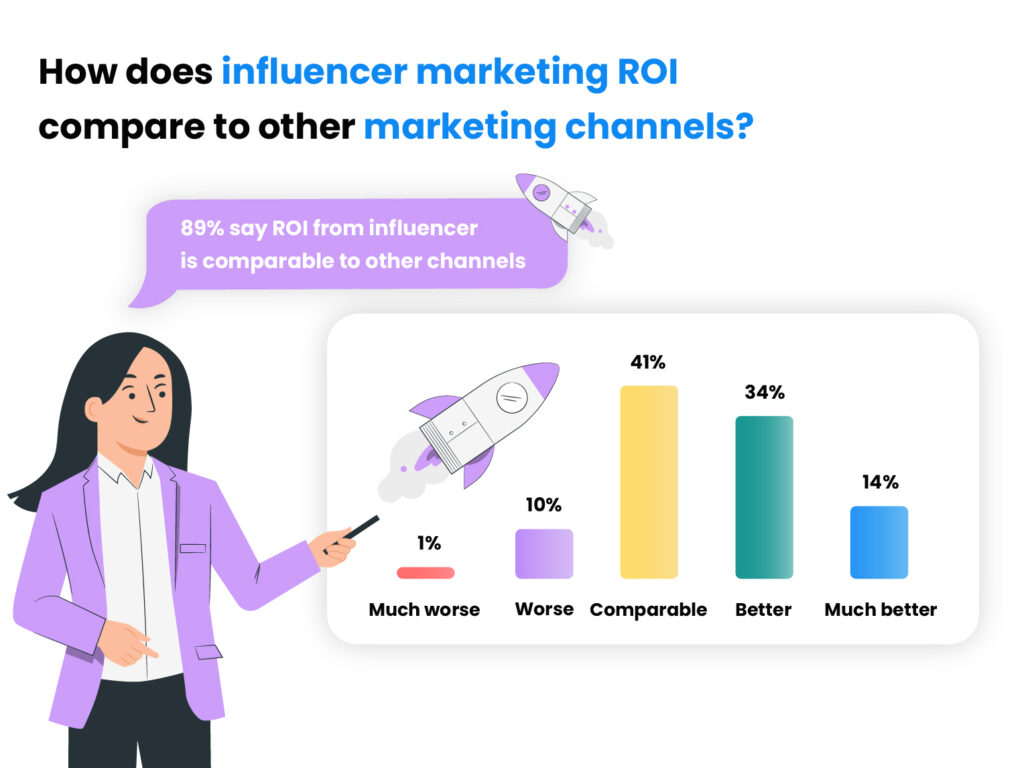
Here’s one way to look at what your potential ROI will yield: every piece of inbound marketing content you create has multiple uses. This blog article, for instance, can continue to generate revenue for Post Affiliate Pro for years to come. When you utilize an SEO strategy properly and this blog ranks well, it can draw leads for months or even years to come as it consistently remains on the first page of search engines, attracting qualified leads. As well as this article, PAP can use this one and all other pieces of content for its email marketing campaigns and social media posts – allowing them to initiate a B2B or B2C marketing campaign with material generated months ago.
Personalization
Set goals before embarking on this strategy. When it comes to generating content, a robust development strategy is crucial in order to stand out and attract a warm audience. Creating good and relevant content on a regular basis is a must, because content like blog articles can still draw traffic to your website next year, in 3 years!
However, content marketing isn’t the only way to personalize. Taking a holistic approach to business is key. The main objective is to entice potential leads and turn them into customers. Whether you’re a Shopify store owner or a large business, the key to converting qualified leads into customers is to use more personalized approaches through email campaigns, SMS marketing, and customer support.
VR, AR, and MR (the next evolutionary step in personalized ads)
Here’s your chance to make a lasting impression. There are a few inbound marketing examples that can give you an advantage over the competition. However, with virtual and augmented reality, brands can create experiences that engage consumers and increase conversions in exciting new ways. The latest and greatest in technology and digital marketing is crucial to meeting the expectations of prospective customers, which is why marketers need to keep up with it.
In the business sector, VR and augmented reality have disrupted the industry, allowing companies to bridge the gap between experience and action by offering your target customer a digital experience instead of a physical one. Additionally, this gives your company the opportunity to showcase its developments, enticing customers to invest in what your brand is doing. Think about how to directly promote your products and services in this fashion.
Meanwhile, AR allows prospects to try out your products before they purchase them, which can help you drive sales and enhance your brand’s value. 72% of shoppers have actually purchased items they didn’t plan to buy because of augmented reality. Keep up with the competition by utilizing both of these game changers.
Online presence
A big step here, utilizing SEO tactics and generating relevant and consistent content are big helpers when it comes to ranking high on search engines. This is a classic case of working smarter versus harder, as keywords and helpful blog and social media posts are crucial here. Remember which particular metrics to monitor when it comes to social media, since this piece of data will help you increase your social shares when you work on increasing your online presence. Hiring video marketers and using different tools such as AR/VR mentioned above and artificial intelligence – mentioned below- have incredible effects on both generating leads and then converting leads to customers.
Diversify your content but don’t forget to target your specific audience.
Artificial Intelligence
Much like VR and AR, Artificial Intelligence has altered the marketing industry. AI, itself, helps marketers perform mundane tasks with greater accuracy in a shorter, more efficient time. When it comes to following inbound marketing tips, AI is highly suggested as it provides higher value to companies with faster campaigns and maximizing ROI. To get a better understanding of AI within inbound marketing, let’s look at the different phases again:
The attract phase allows you to analyze consumer demand and then deliver topic clusters to marketers for content creation. Using artificial intelligence, marketers can also check content for errors, ensuring high-quality content is delivered.
Natural Language Processing (NLP) and Natural Language Generation (NLG) are two of the main AI technologies at this point that can be of great value. There are several AI-based software tools online, among them Grammarly and the Content Strategy tool by Hubspot are recommended.
Next, machine learning steps into the convert stage and it has proven to be effective, especially in quickly identifying the strongest leads in your system. There are some tools that provide priority notifications that deliver important customer information to marketers in a timely manner so that they can quickly take appropriate action to convert leads. These kinds of tools also help marketers understand the best time to conduct an email campaign and/or SMS marketing by analyzing the time frame during which a customer is most likely to engage with a communication.
In the Close phase, AI has been exceptionally useful in finding data and evaluating in-depth insights that are potentially missed by humans. Some software solutions help marketers make the most out of the consumer data they acquire, generating leads and closing others.
As a final benefit, Artificial Intelligence simplifies customer service. Customizing communication for every customer can be time-consuming in the delight phase. With certain AI software, marketers can create their own chatbots to deliver personalized communications to customers on a large scale. As opposed to this, Klevu enables real-time results with tailored product recommendations without the need for human intervention.
Video
Video is a very important marketing tool. According to a study conducted by the Technical University of Denmark, over the years there has been an abundance of information, resulting in a narrowing of attention spans. You should create video content as part of your market plan. Make sure to hire affiliate marketers who can create video content. Affiliates use target marketing, in contrast to outbound marketing, to create content that is highly engaging. Video generated leads for 86% of markets, leading to higher conversion rates since it plays into the attractive and smart web design I mentioned earlier.

Finally, when stepping into the delight phase of your inbound marketing efforts, keep in mind that a video is a piece of easy and digestible content for your delighted customers to share and promote your brand. Because mobile devices are so prevalent, 92% of people share mobile videos with other users, providing you with a free form of advertising that already has trust built into the mind of a potential customer.
Conclusion
Inbound marketing is a more targeted marketing strategy than outbound. It is designed to cater towards a specific demographic that your brand is looking to engage with as you attempt to both drive traffic and then convert traffic into leads. In each of the four phases of your inbound marketing plan, you can follow some inbound marketing tips, but keep in mind that you are targeting people with relevant content to draw them in and ultimately get them to buy your product or service.
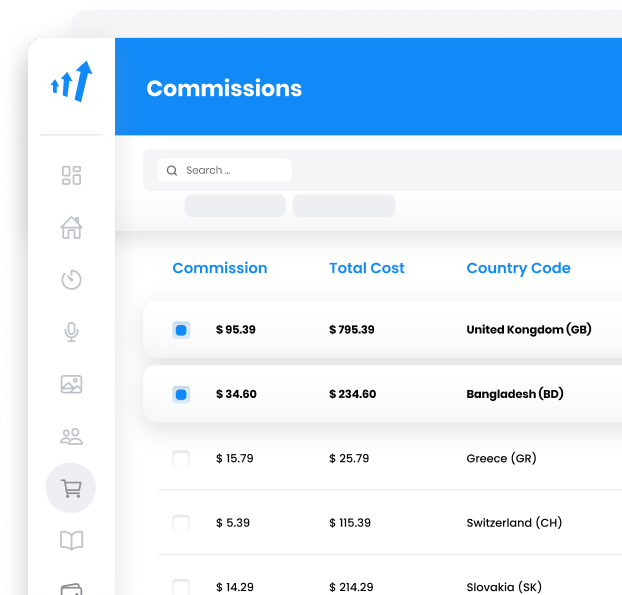
Frequently Asked Questions
Why is goal setting important in inbound marketing?
You become more aware of your target audience and you develop a strategy based on their wants/needs.
How can email marketing fuel your overall inbound strategy?
Sending relevant content to fulfill the needs of potential/recurring customers can guide them down the sales funnel.
What is inbound marketing?
Creating value for customers by tailoring experiences toward them and providing them with valuable content.
Why is social media an important part of inbound marketing?
Regular customer engagement with personalized content is a good form of social proof.
What is the first stage/action of inbound marketing?
David is a content creator who focuses on affiliate programs and marketing strategy to help others develop and grow within the affiliate marketing industry.
Share this article
How to Create an SEO Affiliate Marketing Strategy
Explore how to effortlessly boost your online presence with SEO affiliate marketing. Learn essential tips for success, including the power of long-tail keywords, and discover the benefits of upfront investment. Optimize your affiliate marketing strategy with trusted tools like Post Affiliate Pro, and start earning without the hassles of product creation. Unlock the potential of SEO-driven traffic and maximize conversions today!
8 facts why affiliate marketing is great for travel and tourism businesses
Discover why affiliate marketing is a game-changer for travel and tourism businesses in 2023. Learn how competitive rates, micro-influencer partnerships, and advanced data tracking can boost your brand, drive traffic, and maximize revenue. Explore effective strategies for long-term success in a rebounding travel industry.
How to use Social Media for Affiliate Marketing in 2025
Explore the power of social media for affiliate marketing in 2023! Discover strategies to optimize Facebook, Instagram, Twitter, and Pinterest for higher engagement and conversions. Learn how to use targeted ads, optimize profiles, and engage with your audience for remarkable affiliate success. Unlock the potential of social media and boost your affiliate earnings today!
Affiliate marketing is partner marketing – you just don’t know it
Discover the evolution of affiliate marketing into partner marketing and unlock the benefits of collaboration. Learn how to find the right partners to expand your reach, boost credibility, and achieve shared goals. Explore the secrets to successful partnerships and take your marketing strategy to the next level!
Affiliate marketing for beginners
Discover the essentials of affiliate marketing for beginners with Post Affiliate Pro. Learn how to build an audience, create engaging content, and use marketing channels to earn commissions. Unleash your passion for your niche, showcase products through video, and boost sales with special deals. Dive into the world of affiliate marketing today!
Digital marketing vs affiliate marketing: understanding key differences
Explore the essential differences between digital and affiliate marketing in this comprehensive guide. Understand how these two powerful strategies can boost your brand's growth and visibility. Discover real-life examples, key participants, platform dependencies, and resource requirements to craft a winning marketing strategy. Uncover the budget flexibility and content creation dynamics that set digital and affiliate marketing apart, and learn how to leverage each for maximum impact. Dive in now to elevate your marketing game!














